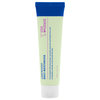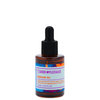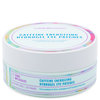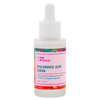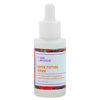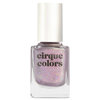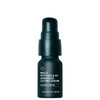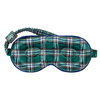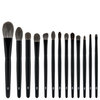
We’re natural product guinea pigs by nature, us beauty lovers. From the new sunscreen du jour to the primer everyone’s raving about, we’ve got an insatiable appetite for beauty, and our skin sometimes suffers from it. If your complexion has had it up to here with change, how do you combat a surprise breakout or rash if you don’t even know how it started? We turned to New York City-based dermatologist Jessica Krant, M.D. for her tactical tips.
STEP 1: ASSESS.
“The number one step when faced with a new breakout or facial rash is to decide whether it's an itchy, rashy type of outbreak—possibly with hives—or more of an acne/pimples type outbreak,” says Dr. Krant. Acne outbreaks, irritation, and true allergic reactions all have their own strategies to resolution. Different facial rashes can signify relatively serious medical issues, and hard to handle acne can also be a sign of hormonal imbalance that requires further care. “Diet has been blamed as a culprit for skin problems for ages, and in some cases this is legitimate. True food allergies can lead to facial itching, swelling, or outbreaks—and should be tested by an allergist, rather than a dermatologist,” explains Dr. Krant. Food-related breakouts are harder to track, but Dr. Krant suggests cutting chocolate, greasy foods, and heavy dairy as a rule of thumb.
STEP 2: PAUSE.
If the problem is clearly product-based, stop using all skin care that is either new in the past few weeks, or that contains any possibly irritating ingredients—including your tried-and-tested. “Irritating ingredients can perpetuate the problem even if under normal circumstances they wouldn't bother you,” explains Dr. Krant.
STEP 3: ELIMINATE.
After you stop using all products, begin to use one or two at a time for a week to see how your skin reacts. “A second-best alternative is to add one product back in at a time, doing each step for at least one full week to see if trouble kicks in,” suggest Dr. Krant.
While healing your skin from the original breakout, it’s best to switch temporarily to gentle, simple formulations. “Be careful when reading labels since ‘all natural’ or ‘organic’ doesn't always mean non-irritating, and some products commonly believed to be for ultra-sensitive skin can still cause trouble for some people,” advises Dr. Krant. She suggests Vanicream, a line which contains no lanolins, parabens, dyes, or fragrances, and La Roche Posay, who also makes a line of moisturizers and cleansers called Toleriane.
STEP 4: ANALYZE.
Once you’ve discovered the culprit, it’s time to get a little more scientific. “If you're able to narrow it down to a single product, it could be helpful to bring the ingredient list in to the dermatologist to determine whether there is a known irritant involved, or whether you might benefit from allergic skin testing to identify something more complex,” advises Dr. Krant.
Testing products galore is an innate role of anyone remotely beauty-obsessed, but sometimes the best rule really is to keep it simple. “Any skin product that will have a real effect takes time to work,” says Dr. Krant. “Constantly switching products isn't likely to get you as far as maintaining a simple, regular regimen containing a gentle cleanser, daily sunscreen of at least SPF 30, and one or two anti-aging products you've carefully screened and believe to be helpful. Sometimes too much is too much.”
You Might Also Like
-

Expert Skin Care Advice
What Does Nano Skin Care Really Mean?
- 19
-

Expert Skin Care Advice
Dermatologist Shares Her DIY Skin Care Recipes
- 1871
-

Expert Skin Care Advice
Best Skin Care at Every Age
- 254
-

Expert Skin Care Advice
Winterize Your Beauty Routine
- 102
-
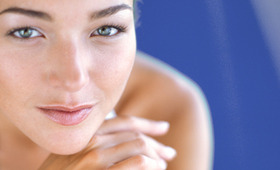
Expert Skin Care Advice
Discover Your Sexiest Week of the Month!
- 218
-
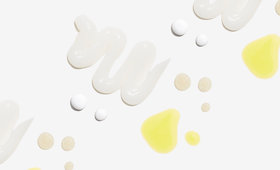
Expert Skin Care Advice
How to Moisturize Properly, According to Science
- 10
-
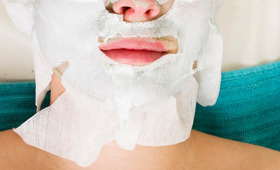
Products
The Best DIY Facial Ever
- 894
-

Expert Skin Care Advice
3 Simple Tips to Keep Your Post-Workout Skin Clear
- 3127



